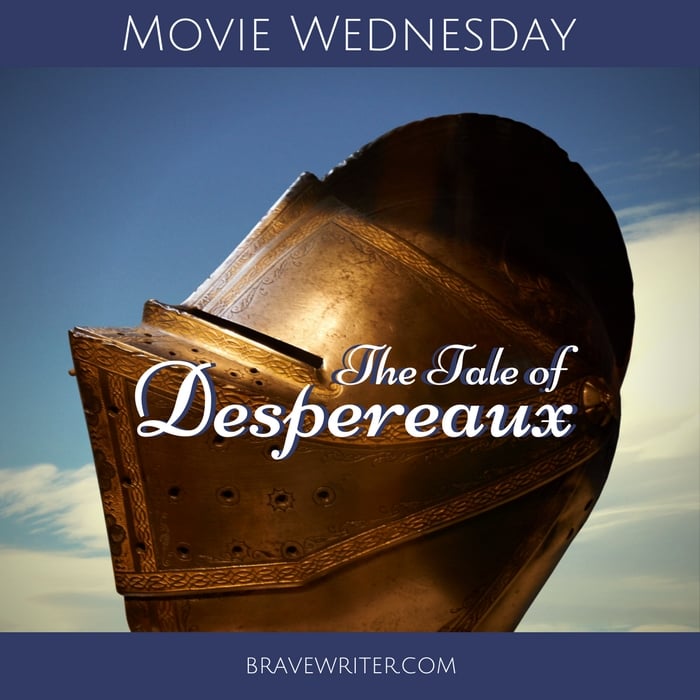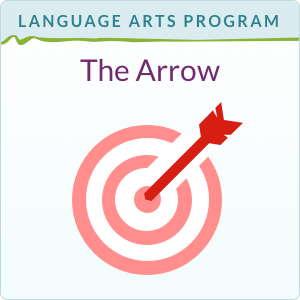Movie Wednesday: The Tale of Despereaux

The sunny kingdom of Dor is famous for its soups, the favorite food of the king and queen and their daughter Princess Pea. But everything changes when a rat called Roscuro falls into the queen’s soup in the middle of a banquet. The terrified queen dies of a heart attack, and the devastated king outlaws both rats and soup.
Dor becomes a dark and gloomy place, and Pea becomes very lonely… until she meets a talking mouse named Despereaux. He wants to be a hero. He is so brave that his family are worried about him. And he has very big ears indeed.
Pea and Despereaux become friends. Maybe together they can convince the king to let people cook soup again and make Dor a happy place once more. But if Despereaux’s family discover that he’s been talking to humans, he’ll be cast into the castle dungeons forever…
[This post contains Amazon affiliate links. When you click on those links to make purchases,
Brave Writer receives compensation at no extra cost to you. Thank you!]
Published in 2003, The Tale of Despereaux by Kate DiCamillo won the Newbery Medal and is widely loved by children and adults. In 2008, an animated film loosely based on the novel was released, starring the voices of Matthew Broderick, Dustin Hoffman, and Emma Watson.
Discussion Questions
- If you’ve read the original novel by Kate DiCamillo, how do you think the film compares?
- Is there a message to this film? If so, what is it? Reading is good for you? You can be a hero no matter where you come from? Eat lots of soup?
- Can you spot any similarities between the story and other fairy tales? For example, is Princess Pea a reference to The Princess and the Pea?
- Which characters change throughout the story and which ones don’t? Give examples.
- Does the film work as a computer animation? Can you imagine it working better told through a different medium? Explain your answer.
Additional Resources
 Learn language arts with the Tale of Despereaux Arrow!
Learn language arts with the Tale of Despereaux Arrow!
The Arrow is the monthly digital product that features copywork and dictation passages from a specific read aloud novel (you purchase or obtain the novels yourself). It’s geared toward children ages 8-11 and is an indispensable tool for parents who want to teach language arts in a natural, literature-bathed context.

















